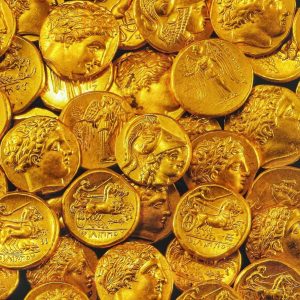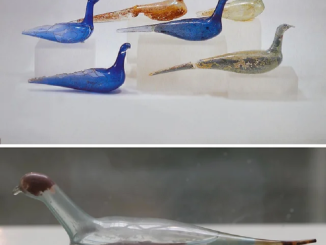A Glimpse into Ancient Wealth
Roman gold coins, intricate artifacts from a civilization foundational to Western culture, offer a captivating glimpse into the ancient world’s wealth, power, and artistry. These coins are not merely currency but symbols of an empire that dominated and influenced continents. Their discovery in the modern era bridges millennia, connecting us directly to the hands of Roman emperors, soldiers, and citizens. This blog post explores the historical significance, beauty, and legacy of these golden treasures, emphasizing the importance of preserving such irreplaceable links to our collective past.
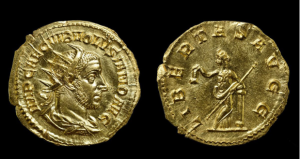
The Story Told by Gold
Roman gold coins, primarily minted as aurei and solidi, were the pinnacle of the Roman monetary system, used for large transactions and to store substantial wealth. Beyond their economic function, these coins are masterpieces of miniature art, showcasing the prowess of Roman engravers who depicted emperors, deities, and historical events with remarkable detail and finesse. Each coin serves as a historical document, bearing the portraits of rulers, marking their reigns, celebrating military victories, and proclaiming political alliances.
The images accompanying this post invite readers to marvel at the exquisite craftsmanship of these coins. From the lifelike portraits of emperors to the intricate depictions of mythological scenes, each coin tells a story of power, belief, and the daily life of Rome. Viewing these images, one can almost feel the weight of history in their hands, imagining the markets, temples, and forums where these coins once circulated.

The Importance of Roman Gold Coins in Understanding Our Past
The study of Roman gold coins goes beyond numismatics; it is a window into the socio-political and economic fabric of one of history’s greatest empires. These coins help historians trace the lineage of Roman emperors, understand the empire’s expansion, and examine the influence of Rome across Europe, Africa, and Asia. The inscriptions and images on the coins offer insights into Roman religion, iconography, and public messaging, reflecting the empire’s values, challenges, and achievements.
Furthermore, the distribution of these coins across the known world highlights the extensive trade networks and cultural exchange facilitated by the Roman Empire. The presence of Roman gold coins in distant lands serves as evidence of Rome’s reach and influence, providing a tangible link to the ancient world’s interconnectedness.
Our stewardship of pallasites and other meteorites serves as a testament to our commitment to scientific inquiry and cultural respect. Laws and regulations must be enforced to prevent the exploitation of these meteoric treasures, ensuring that they remain available for education and research rather than being lost to private collections or worse, destroyed in the process of unscrupulous recovery.
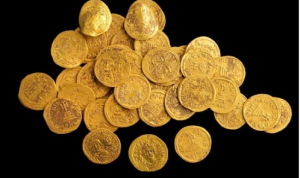
Conclusion: The Imperative of Preserving Our Antiquarian Heritage
The allure of Roman gold coins lies not only in their beauty and historical significance but also in their rarity and vulnerability. As antiquities, these coins are susceptible to looting, illegal trade, and the irreversible damage of time. Preserving these precious links to our past is crucial for future generations to study, appreciate, and learn from the history they represent.
Protecting antiquities like Roman gold coins requires global cooperation, stringent laws, and public awareness. Museums, universities, and private collectors play a pivotal role in conservation, ensuring that these artifacts are preserved in controlled environments and are accessible for educational and research purposes. By valuing and protecting our shared heritage, we honor the legacy of the Roman Empire and ensure that the story of human civilization continues to inspire, educate, and fascinate the minds of tomorrow.
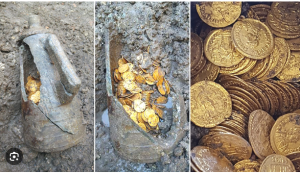
This latest pallasite, like the 53 known before it, is not just a shiny object—it is a beacon that illuminates the shadowy corners of our understanding of the universe. It reminds us that our planet is but a part of a vast, interconnected cosmic ballet, whose elegance and mysteries are etched in the very stones that fall from the heavens.
